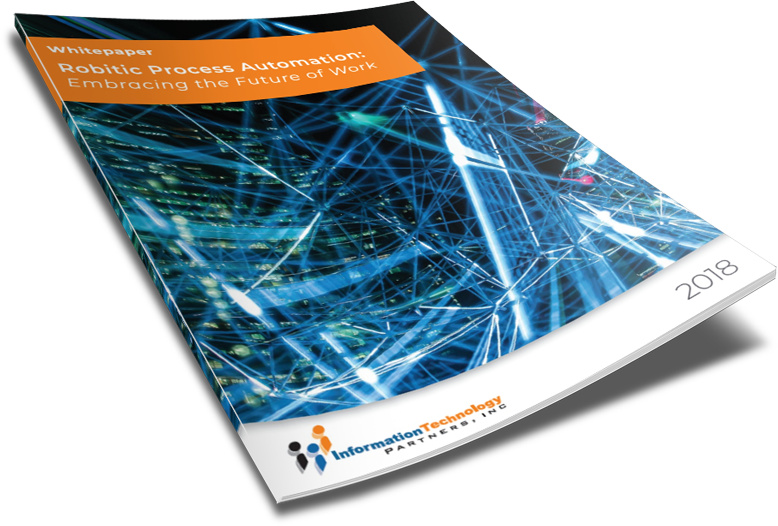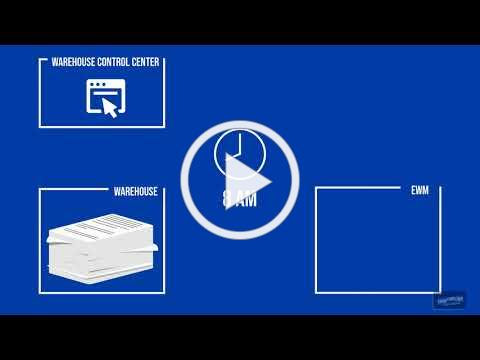TAKE NOTE (Insights and Emerging Technology)

CIOs should expect to see nimbler, more flexible, more open ERP systems in 2022.
Industry experts also expect ERP trends to include more best-of-breed applications and less monolithic ERP systems, with customers having more ability to pick and choose the applications in the ERP landscape.
Major ERP vendors — SAP, Oracle, Microsoft, Infor and IFS — will continue to dominate the market for large enterprises, but smaller, nimbler ERP vendors, particularly those that are cloud-native, will offer innovation and industry-specific applications.
Moving away from monolithic ERP
ERP systems will also continue to move away from a monolithic structure to one where customers can pick and choose what they want to include.
Sometimes referred to as composable ERP, the plug-and-play approach includes elements of edge computing. It is attractive to customers caught between wanting to accelerate a digital transformation of their ERP core and needing to upgrade the on-premises back-end ERP.
More customers are demanding — and more vendors are providing — a blending of the two, so you can actually [modernize] pieces of the ERP… and use that to provide better user experiences on the front end. Compos-ability is absolutely breaking these big monoliths down a little bit, so you can get the things you want without having to upgrade the entire supertanker.
Composable ERP and industry specificity are two markers of an increasing trend toward the cloud and digital transformation.
Most large enterprises with monolithic ERP systems are slowly untangling the web of customization to understand what they need from more modern and intelligent ERP systems.
These organizations are looking to future-proof their enterprise systems by bringing in more insights to processes across finance, HR, procurement, manufacturing and supply chain, she said.
Organizations understand they need simple, easy-to-use standardized products that can be configured to meet their needs. They know they need their employees to be able use the systems anywhere, anytime and in any place.
Market consolidation will continue
The sheer number of ERP applications available today combined with the high availability of investment capital will likely lead to more consolidation of the ERP market.
Although it’s difficult to say which ERP vendors will be buyers and which will be targets, the expectation is that small to midsize vendors with good name recognition and growing market share will be likely targets for acquisition.
ERP vendors will continue to compete fiercely for business with small to midsize companies, both from ERP heavyweights and newer cloud-first competitors who specifically target that market.
To Read more about Post Modern ERP or Composable ERP please click the highlighted links.
Interested in learning more about RPA? Download our FREE White Paper on “Embracing the Future of Work”
UNDER DEVELOPMENT (Insights for Developers)
EWM Wave Picking in S/4 HANA Embedded 2020
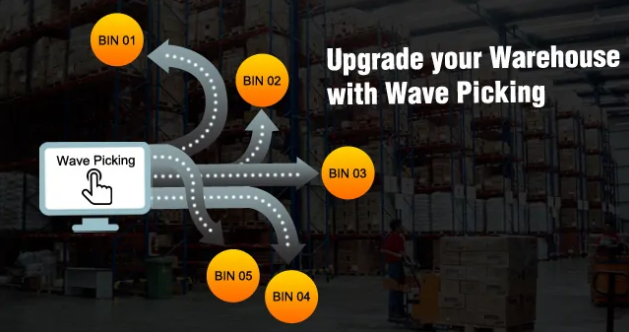
Intro
Back this month and kicking off the new year is Shailesh Mishra with another great Extended Warehouse Management (EWM) blog on the Outbound Process with Pick, Pack, Stage and Load in S/4 HANA Embedded 2020.
What is Wave picking in EWM
This business process is primarily used when Warehouse send the bigger quantities (For example, Cartons or pallets) to the customers. The goods are picked by ”Waves” into pick handling units (Pick HUs) and consolidate them into shipping HUs at a packing station. The goods are further packed into shipping HUs and load them into a truck before posting goods issue.
The pick HUs are generally a wire basket or Cart, or forklift which can be an equipment to carry out the process of picking.
Alternatively, customer can also use process of Pick HU as ship HU where pallets are directly picked and brought to staging area. In this process, packing step is skipped.
This blog is written to explain how SAP EWM outbound Storage control using POSC can be leveraged for outbound process undergoing Pick, Pack, Stage and Load Process.
Process Scenario
The following graphic shows the overall process of the EWM SAP Outbound Pick,Pack,Stage and Load
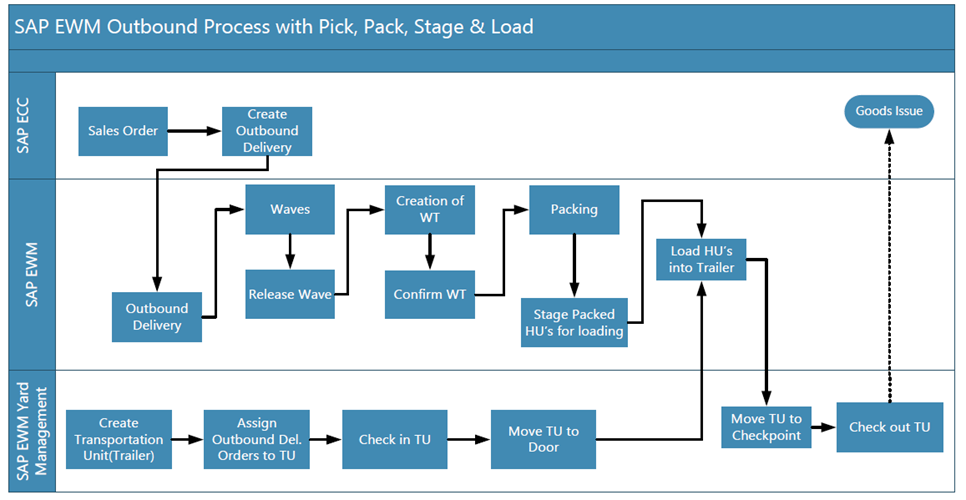
Before, we jump into process, it is imperative to understand SAP EWM Wave Management.
What is Wave Management in EWM
Grouping of warehouse request items to control warehouse activities, for example, picking, or posting changes.
These groupings are then processed together in subsequent processes, for example, the transfer of all warehouse request items assigned to a wave at a certain point in time to warehouse task creation. The warehouse tasks created are then forwarded to warehouse order creation
EWM SAP combines warehouse request items and split items into waves based on criteria such as activity area, route, or product.
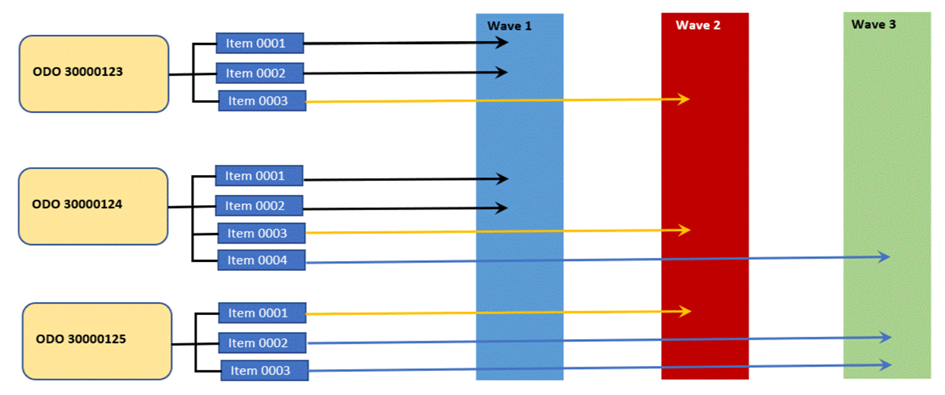
The warehouse request items can be clubbed into waves as below based on certain criteria like route, ship to party, carrier. SAP EWM uses condition technique to consolidate the warehouse request into Waves.

Waves are further released manually or automatically. For better, warehouse operation SAP recommends releasing waves automatically.
Replication Steps in a Hana 2020 System
OK, lets now dive in and configure and run a scenario that utilizes Wave Management and picking…
– Dig Deeper –
Understanding Waves in EWM
Q&A (Post your questions and get the answers you need)

Q. What is the SAP Industry Cloud?
A. In short, SAP’s industry cloud delivers innovative, vertical solutions from SAP and it’s partners. These solutions are built on the SAP Business Technology Platform with an open-API framework, open-process model, open-domain model, and business services.
The SAP Business Technology Platform is the foundation of the industry cloud. The SAP open business and technology platform has an open-API framework that provides access to key entities of the SAP Intelligent Suite, unlocking operational and business data to support better decision-making and drive greater efficiencies. (see below)

This type of architecture helps ensure interoperability, rapid deployment, and integration with the SAP Intelligent Suite. AI, ML, IoT, and other advanced technologies from their platform.
A great article on the SAP Industry Cloud can be found HERE at ASUG’s Site.
Cheers!


